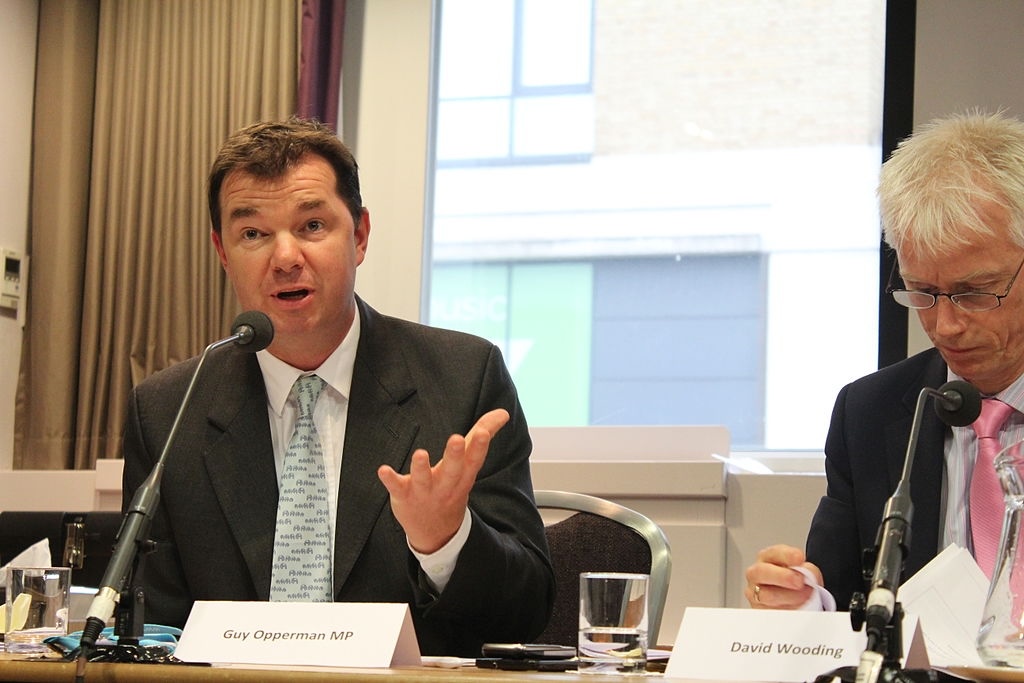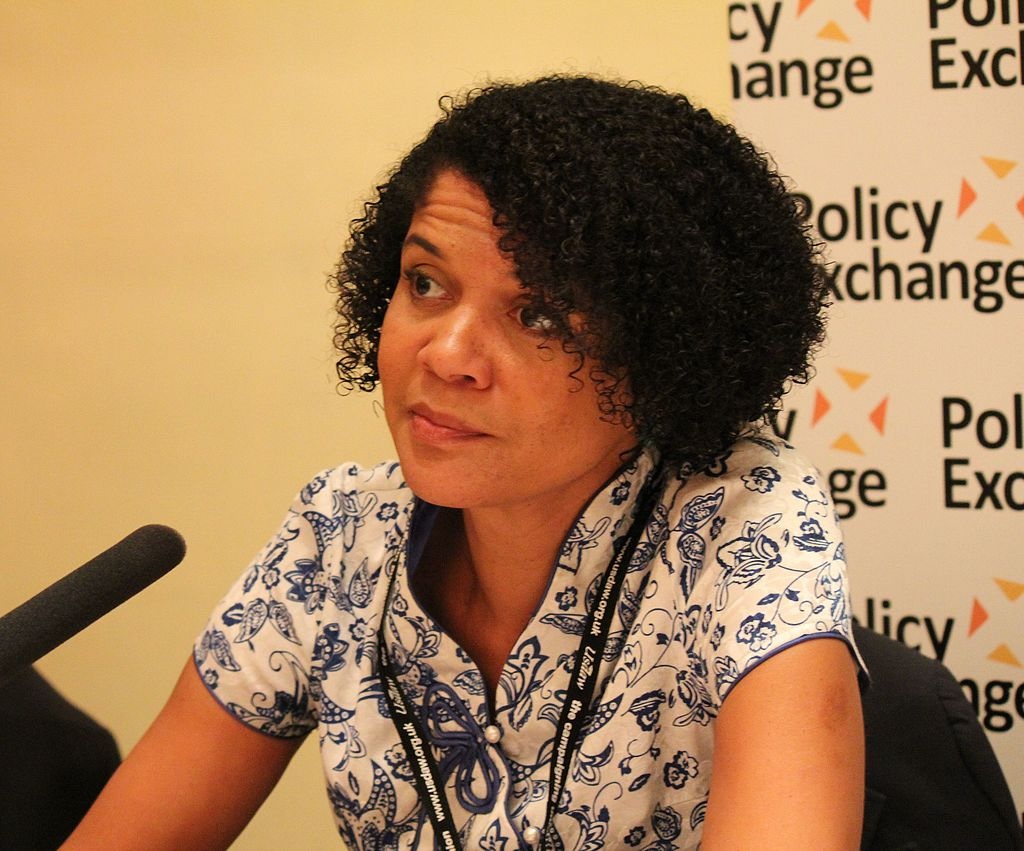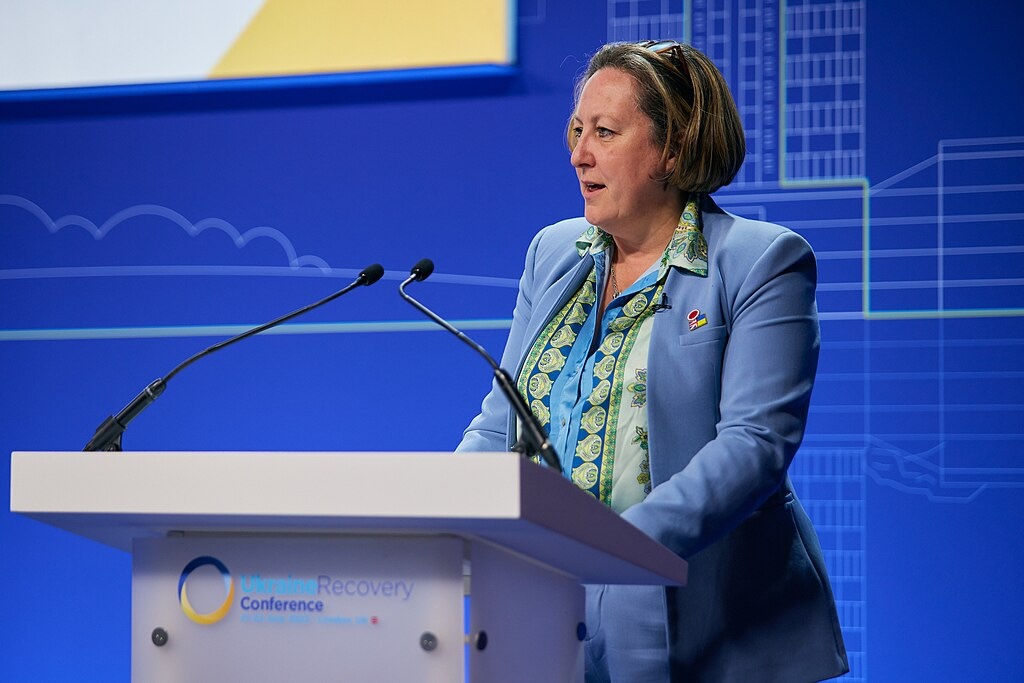
The North East region will have two fewer parliamentary seats at the next general election than in 2019, down from 29 to 27, and hundreds of thousands of voters will find themselves in an unfamiliar political landscape when they go to the polls in January 2025 at the latest.
The region could elect its first Liberal Democrat MP since Sir Alan (now Lord) Beith retired from Berwick, and fascinating new contests are in prospect in many new or redrawn constituencies.
The 2023 boundary review, due to come into effect at the forthcoming election, is so radical because it is, in effect, the first since before the 2010 election. Other reviews since then have been abandoned because of political and legislative problems.
The boundary review process
The Boundary Commission for England began its latest review after parliament passed the requisite Act in December 2020, with instructions to complete by 2023. Its final recommendations were passed into law by Order in Council on November 15 last year.
Parliament allocated 543 seats to England, 57 to Scotland, 32 to Wales and 18 to Northern Ireland — a total of 650.
Every seat had to have between 69,724 and 77,062 voters except two on the Isle of Wight and some Scottish island seats, which were protected.
These figures gave the fewest seats in England to the North East with 27 (-2) and the most to the South East with 91 (+7). Other regional allocations were North West 73 (-2), Yorkshire & Humber 54 (no change), East Midlands 47 (+1), West Midlands 57 (-2), Eastern 61 (+3), London 75 (+2) and South West 58 (+3).
The Act requires all constituencies to be no larger than 13,000 square kilometres in size (except in prescribed circumstances). “In England,” says the report, “this is not a concern, as even in its most sparsely populated areas constituency sizes do not come near this figure.”
Following an earlier consultation, the Commission decided to work within the boundaries of the nine English regions. Although not mandated to do so, it also decided to take account, as far as possible, of the size, shape and accessibility of: constituencies; local government boundaries; existing constituencies; local ties; and convenience.
“As you would expect,” wrote the Commission chair, Mr Justice Lane, in the foreword to the final report “we received many differing views on these factors. As an independent and impartial body we consider all representations based on the evidence received and have no regard to the political advantages or disadvantages of our recommendations.”

Wards: building blocks
The Commission uses wards or electoral divisions as the basic building block for designing constituencies. Its long-standing policy is to avoid splitting a ward between constituencies unless there is an exceptional and compelling reason for doing so.
“Wards,” it says, “are well-defined and well-understood units which are generally indicative of areas that share a broad community of interest. Any division of these units between constituencies would be likely to break local ties, disrupt political party organisations and cause difficulties for electoral registration and returning officers.”
Nevertheless, the Commission did find it necessary to recommend splitting 50 wards across England, of which 10 are in the North East — to be discussed later in this examination.
The Commission had to name new constituencies and its policy was to retain existing names where boundaries remained largely unchanged. In other cases, it thought, names should normally reflect the main population centres, majority areas where boundaries were crossed and compass point names where there was no obviously better alternative. If alternatives were suggested that commanded local support, said the Commission, it had usually been able to recommend them.
The Commission published initial proposals on June 8, 2021 and conducted an eight-week written consultation. It published responses to its initial proposals on February 22, 2022 and conducted a six-week secondary consultation, including between two and five public hearings in each region. It published revised proposals on November 8, 2022 and conducted a four-week written consultation. On June 27 last year it submitted and published its final report.

The review in the North East region
The Commission started with the idea of dividing the North East region into four stand-alone sub-regions: North of Tyne (Newcastle, North Tyneside and Northumberland); Tees Valley (Darlington, Hartlepool, Middlesbrough, Stockton and Redcar & Cleveland); Gateshead; and the North East (South Tyneside, Sunderland and County Durham). Gateshead, it thought, was the right size for two constituencies without any need for crossing borders.
That good intention did not last long. There were objections to hiving off Gateshead from the rest of the North East because of knock-on effects elsewhere, which the Commission accepted, and it was quickly reunited with its immediate neighbours south of the Tyne. Later in the process Gateshead ended up being as divided as any other local authority in the region, split four ways.
The other objection at this initial stage was that part of Tees Valley should be combined with Yorkshire & Humber region, but this was not accepted: “Our investigations suggested that crossing the regional boundary in North Yorkshire did not create a pattern of constituencies that better reflected the statutory factors [such as size or community ties] in either the North East or Yorkshire & Humber regions,” it said.
The decision that there should be three sub-regions — North of Tyne, with eight constituencies, North East with 12 and Tees Valley with seven — meant that the regional allocation of 27 seats was achieved by having one fewer seat than at present in both North of Tyne and the North East and no change in Tees Valley. The next step was to draw the new constituency boundaries within the sub-regions.
North of Tyne
The Commission initially proposed: that Berwick constituency, currently represented by Conservative Anne-Marie Trevelyan, be expanded southwards to include Morpeth and Pegswood and be called Berwick & Morpeth; a new constituency of Blyth & Ashington should be formed, also taking in Bedlington, Choppington and Newbiggin from Labour Ian Lavery’s Wansbeck seat; and Tory Guy Opperman’s Hexham should be expanded to include Longhorsley from Berwick and Callerton & Throckley from Newcastle.
Big changes were also proposed for Newcastle and North Tyneside. Newcastle East, long represented in one form or another by Nick Brown, who is standing down after resigning in unexplained circumstances from the Labour Party, it was suggested at this stage, should be expanded to include Arthur’s Hill and Monument (the city centre) from Labour Chi Onwurah’s Newcastle Central as well as Dene & South Gosforth from Labour Catherine McKinnell’s Newcastle North.

A new Newcastle North, it was proposed, should be created, taking in Killingworth from North Tyneside and a new Newcastle West covering 10 city wards. In North Tyneside the Commission planned a reconfigured Tynemouth constituency, currently held by Labour Chief Whip Sir Alan Campbell, taking in 10 wards stretching as far up-river as Wallsend. Its final proposal for the sub-region was a Whitley Bay & Cramlington constituency comprising five North Tyneside wards and nine from Northumberland.
There was unsuccessful opposition to the proposal to include Longhorsley in Hexham. However, some who objected to the omission of Alnwick from the name of the new Berwick & Morpeth constituency enjoyed limited success and the name was changed to North Northumberland instead.
Much more significant amendments were made to the initial proposals in Newcastle and North Tyneside in order to safeguard community ties. This resulted, paradoxically, in splitting a number of wards:
- Castle ward was divided between a reconfigured Newcastle North constituency and a new Cramlington & Killingworth ward, avoiding the division of the villages of Brunswick and Hazelrigg;
- Whitley Bay was included in a modified Tynemouth constituency, resulting in Riverside ward being divided by the A19 between Newcastle East & Wallsend, and Tynemouth;
- Kingston Park South & Newbiggin Hall was divided at the A696 between Newcastle Central & West and Newcastle North.
In a further round of consultation objectors to the transfer of Longhorsley from Berwick to Hexham continued to press their case, but in the end were unsuccessful.

There were also some objections to the new Blyth & Ashington seat on the grounds that it would break community ties between the Blyth and the Cramlington and Lynemouth areas, and to the new Cramlington & Killingworth seat because it crossed the boundary between Northumberland and North Tyneside, breaking community ties in the existing Blyth Valley constituency, a Red Wall seat won in 2019 by Conservative Ian Levy. Opposition on the grounds of community ties was also expressed to the transfer of Throckley & Callerton to Hexham. None of these objections was successful.
North of Tyne will therefore have eight seats at the next general election instead of the current nine: North Northumberland; Hexham; Blyth & Ashington; Cramlington & Killingworth; Tynemouth; Newcastle East & Wallsend; Newcastle North; and Newcastle Central & West.
- In Part 2 of this examination of the region’s new constituencies, The QT will discuss the North East and Tees Valley sub-regions and assess the possible political winners and losers at the next election.
**The Boundary Commission for England’s full report can be read here










